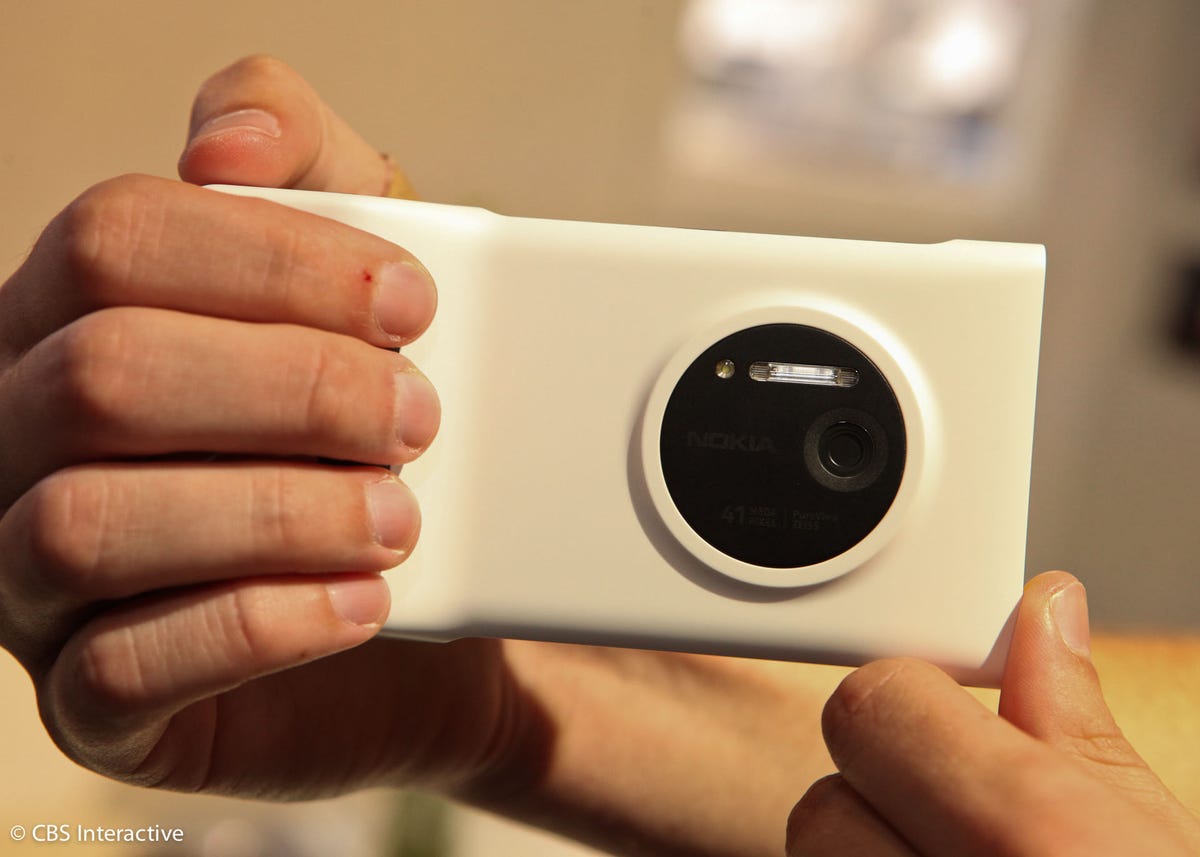Limiting the number of potential customers for your latest flagship smartphone may not seem like a smart decision, but for Nokia, it’s a “business strategy opportunity.”
That’s according to Nokia CEO Stephen Elop, who was justifying his decision to sell the Lumia 1020 as an exclusive product to AT&T. Elop sat down with CNET to talk about exclusivity deals, a more consistent campaign for the Lumia 1020, and making the right bets.
Related stories
- Your Phone Screen Is Gross. Here’s How to Clean It Without Causing Damage
- Nokia’s Newest Phone Is a T9-Era Throwback With Wireless Earbud Charging Slots
- Buying a New iPhone or Android Phone? What to Look For
- 5 Tips to Make Your Android Phone Feel Like New Again
- Qualcomm Partners With TikTok Parent ByteDance on XR Devices and Software
While it’s not a shocker that AT&T has an exclusive agreement with Nokia on the Lumia 1020 (AT&T had similar deals with its prior flagship Lumia phones), there was nevertheless some disappointment over the fact that most Americans won’t be able to buy the phone.
One person in the audience asked the pointed question of whether the Lumia 1020 would receive better treatment than past product campaigns and called AT&T a “crappy partner” for Nokia.
Elop reiterated during the interview what he said on stage, that less than stellar sales of past Lumia phones in the U.S. wasn’t AT&T’s problem, it was Nokia’s problem.
“It’s a Windows Phone challenge,” he said. “We need to work twice as hard to get the attention of the consumer and the carriers.”
He called the push to get Windows Phone and the relatively weak Nokia brand back into the U.S. market a “boot-strap effort,” and complimented AT&T for being supportive at every step.
AT&T told CNET that it would amp up its campaign even further for the Lumia 1020, and Elop elaborated, noting that this time, there would be a consistent message from Nokia, AT&T, and Microsoft. Previously, each partner had their own spin on their promotional efforts. But with the Lumia 1020, all parties will focus on the capabilities of the 41-megapixel camera.
“We’ve really spent time to get focused on a common set of creative materials and common set of messages,” he said. “You’ve got to get more push behind the things that will really attract the consumer.”


Sarah Tew/CNET
The Lumia 1020 is the third smartphone that Nokia has launched in the past few months, following the metal-clad Lumia 925 and tweaked Lumia 928. Nokia is widening its portfolio at a time when other major vendors are slimming down their line-up, with one universal flagship phone across all carriers.
While Nokia would like to create a single universal flagship, the company remains in a challenger position and felt it was a better bet to focus on a single carrier at a time, Elop said.
“We’re very much having to make decisions where we place our bets and where we concentrate our resources,” he said. “It’s more effective to go with a specific partner.”
A vast majority of AT&T’s smartphone sales are made up of iPhones, which would seem like a terrible place for Nokia. But Elop called AT&T an opportunity because the carrier is willing to bet on different platforms and products in an effort to wean itself off of the iPhone.
Elop noted that Nokia has “flagship” phones at three of the four national U.S. carriers. Verizon Wireless has the Lumia 928, while T-Mobile gets the Lumia 925.


Now playing:
Watch this:
Nokia unveils Lumia 1020 with 41-megapixel camera
2:37



